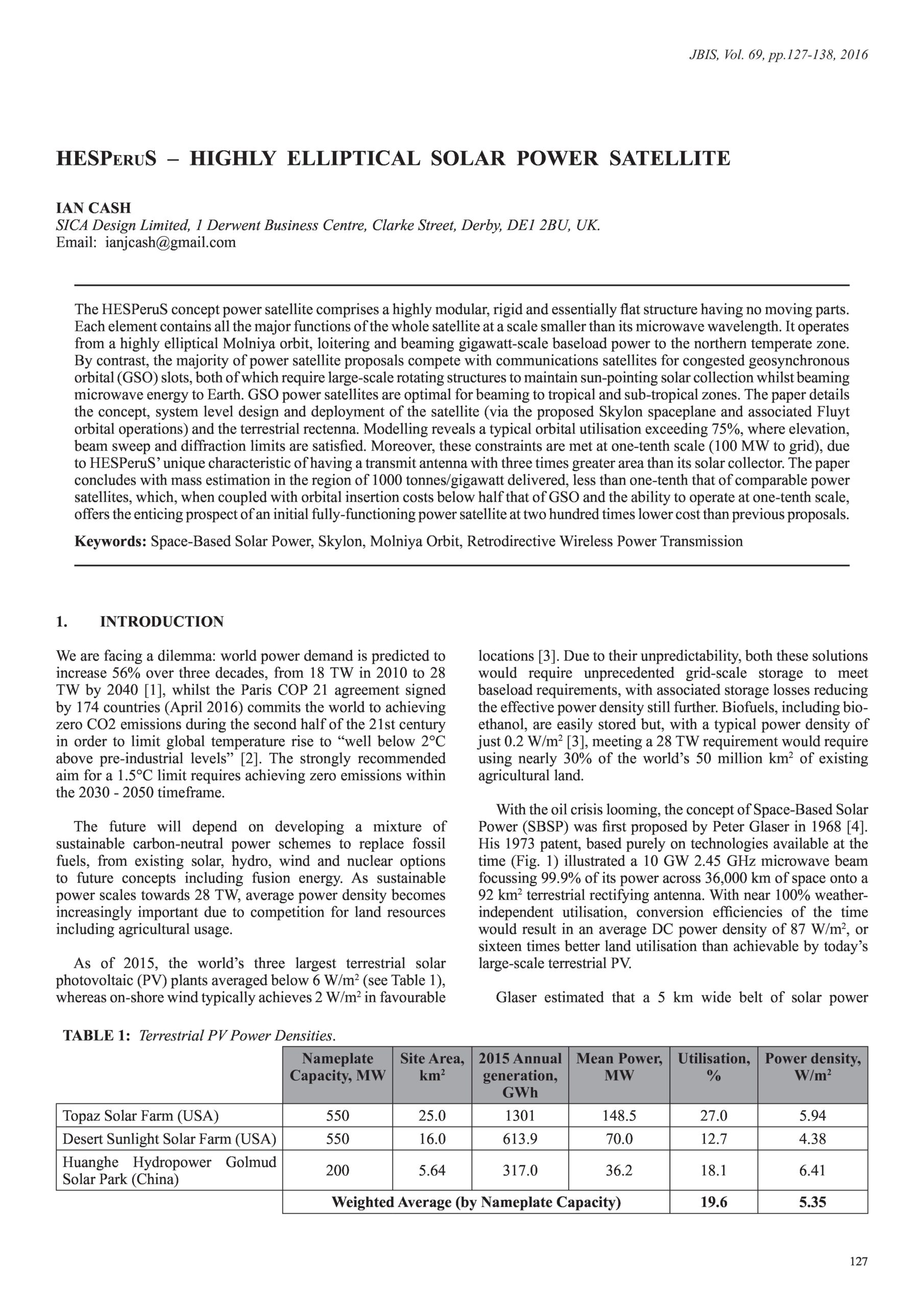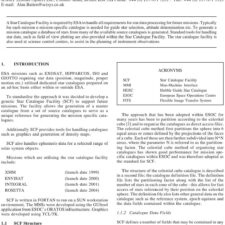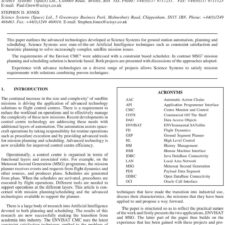HESPeruS – Highly Elliptical Solar Power Satellite
£5.00
I. Cash (2016), JBIS, 69, pp.127-138
Refcode: 2016.69.127
Keywords: Space-Based Solar Power, Skylon, Molniya Orbit, Retrodirective Wireless Power Transmission
Abstract:
The HESPeruS concept power satellite comprises a highly modular, rigid and essentially flat structure having no moving parts. Each element contains all the major functions of the whole satellite at a scale smaller than its microwave wavelength. It operates from a highly elliptical Molniya orbit, loitering and beaming gigawatt-scale baseload power to the northern temperate zone. By contrast, the majority of power satellite proposals compete with communications satellites for congested geosynchronous orbital (GSO) slots, both of which require large-scale rotating structures to maintain sun-pointing solar collection whilst beaming microwave energy to Earth. GSO power satellites are optimal for beaming to tropical and sub-tropical zones. The paper details the concept, system level design and deployment of the satellite (via the proposed Skylon spaceplane and associated Fluyt orbital operations) and the terrestrial rectenna. Modelling reveals a typical orbital utilisation exceeding 75%, where elevation, beam sweep and diffraction limits are satisfied. Moreover, these constraints are met at one-tenth scale (100 MW to grid), due to HESPeruS’ unique characteristic of having a transmit antenna with three times greater area than its solar collector. The paper concludes with mass estimation in the region of 1000 tonnes/gigawatt delivered, less than one-tenth that of comparable power satellites, which, when coupled with orbital insertion costs below half that of GSO and the ability to operate at one-tenth scale, offers the enticing prospect of an initial fully-functioning power satellite at two hundred times lower cost than previous proposals.





